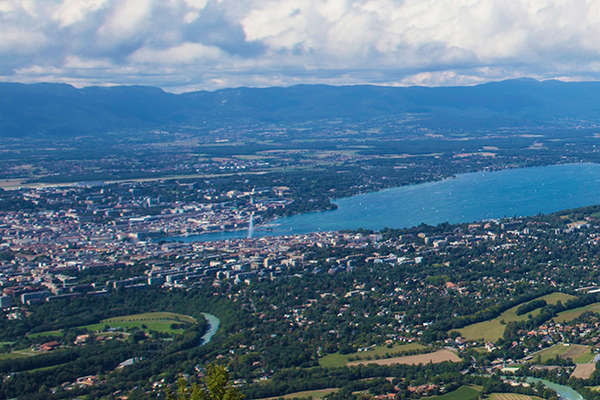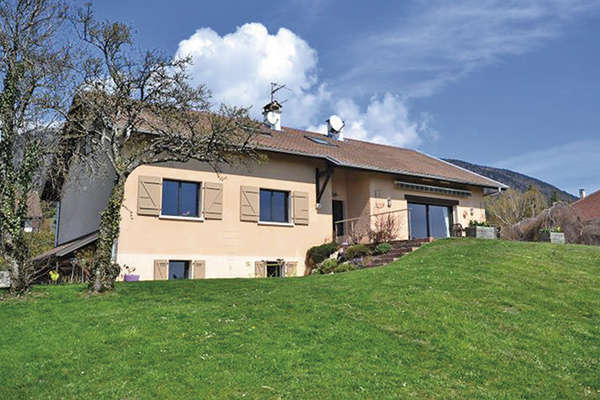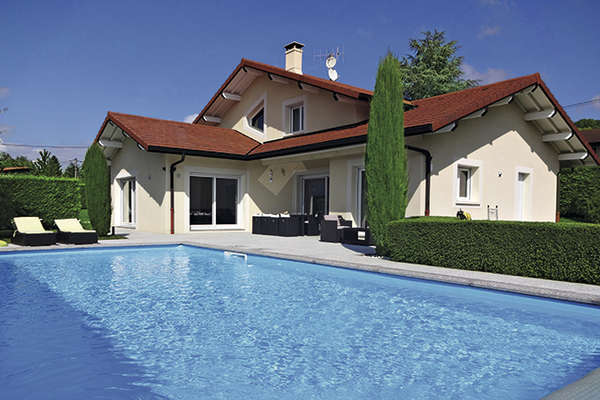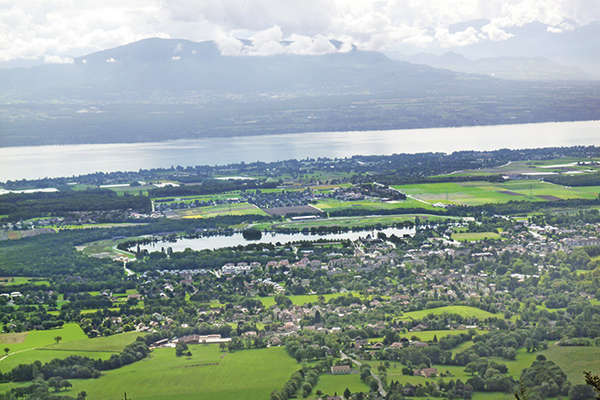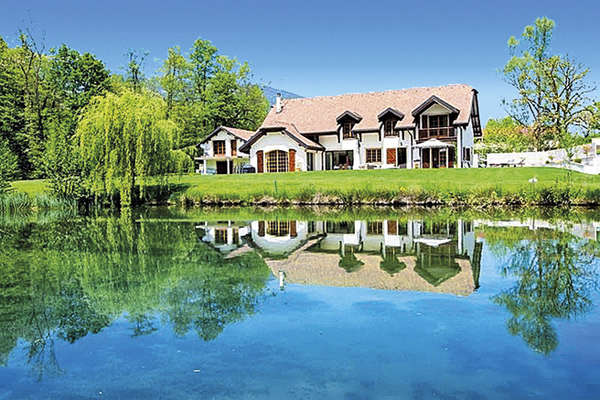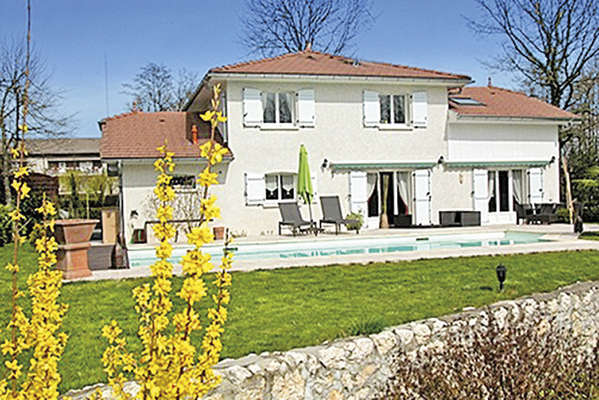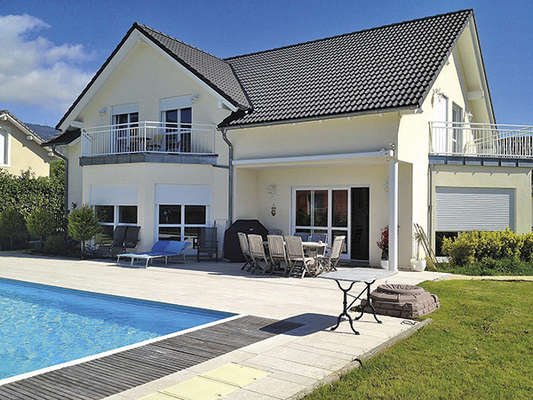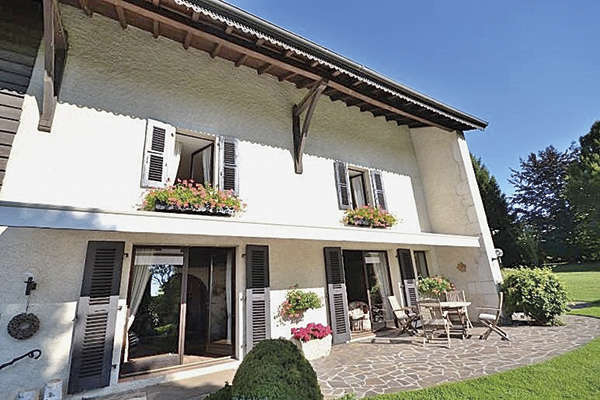Castres, a market for first-time buyers
By Laetitia Rossi - 28 April 2010
The sub-Prefecture of the Tarn, famous for its Goya museum, hosts 47,650 inhabitants near the Sidobre mountains and Montagne Noire, 42 km from Albi and 71 km from Toulouse. While the quality of life is here in no doubt, Castres is the only commune in France of this size without a motorway connection, and thus suffers from its location.
In 2006, the government accepted a project intended to remedy the town’s isolation. But so far, there is still no certainty that it will come to fruition. Together with Mazamet, Castres comprises an urban community of of 85,000 people, working towards economic expansion, land development, observance of a balance between council housing and implementation of municipal policies. The town especially sees itself as “the main industrial and private research centre between Toulouse, Montpellier and Barcelona”. Textiles figure among other job providers including the Pierre Fabre laboratories, Comau Systèmes France and Sepiprod Groupe Air Liquide. Focusing on chemistry and spearhead technologies, the activity zone of Le Causse was founded in 2001, not far from the airport and future hospital. Finally, 200 firms remove 150,000 tons of granite each year from Le Sidobre.
“Residents benefit from a country environment, free bus transport and all the amenities necessary to everyday life, including excellent sports facilities,” says Nicolas Marcou of L’Agence Castraise. He dates the first signs of recovery back to November, 2009. First-time buyers, in fact 40 % of today’s buyers, usually pay from 150,000 to 220,000 € for a home. This amount brings them a town house of 100-120 m2 on the road to Toulouse, whereas an impeccable 2-bedroom apartment of 68 m2 in the centre costs 100,000 € and another of 100 m2 in a residence with garage and elevator in the same neighbourhood can be had for 200,000 €. The 20 % of investors from other parts of France pay 50,000-70,000 € for apartments with 2 or 3 main rooms, and 200,000 € for a building to be exploited in its entirety. Currently, the average return on investment ranges from 7 to 7.5 %, with the occasional spike at 8.5 %, an excellent level as compared with national figures. Some investors, preferring to bank on an asset’s long-term appreciation, are prepared to lose out a little on rental income. Temporary residents, more hesitant than in 2006 and 2007, account for only 5 % of buyers. Fans of holidays in the mountains, they are looking for stone buildings of 100-150 m2 with gardens, a 30-minute drive maximum from Castres and available at around 150,000 €. Retirees hope to move closer to the historic centre, while active members of the population, keen to obtain more space or improve their quality of life, are gradually returning. The prices of central properties in very good condition have not dropped significantly, though houses in need of renovation on the outskirts have lost 10 to 20 % of their value.
“Lower interest rates, the dual 0-rate loan and stabilization of prices are all encouraging an upturn in activity,” confirms Bruno Maurel of P&B Patrimoine-Pacfa Immobilier. The area between Castres and Toulouse, ie. the community composed by the communes of Sor and Agout, known for its leisure activity base and the natural bird reserve of Cambounet-sur-le-Sor, attracts real enthusiasm which may well be reinforced by the building of the motorway. The centre also scores some success, as does L’Albinque. La Montagne, Brassac and Lacrouzette also have their fans, thanks to their environment and affordable prices. In Castres itself, 1- and 2-bedroom apartments cost 1,500 €/m2, or 1,800 €/m2 at the very heart of the home of Jean Jaurès. Building plots outside the town range from 35 to 60 €/m2 depending on mains connections, 10-15 % cheaper than in the area closer to the capital of the Midi-Pyrénées. Finally, housing on estates in the region around Castres is pegged at 100 €/m2. Houses of 80 to 100 m2 to refurbish cost 35,000-55,000 € in rural areas, 60,000-90,000 € “intra-muros”. The standard home of 90 m2 (three bedrooms) is close on 100,000 €. “Beyond the boundaries of the town, a single-storey house of 110 m2 is worth 170,000-210,000 €, and a desirable villa of 150 m2 in generous grounds easily exceeds the 250,000 € mark,” says our estate-agent, convinced that bolder measures are required to give a sustainable boost to the market for older properties.
